There have been a lot of stories about voter purges in the news. Why do voters get purged, and how do I make sure that I don’t get purged in 2020?

First, let me explain what a voter purge is: It is the process of removing a voter from the state/local voter registration databases in compliance with the National Voter Registration Act (NVRA) of 1993.
The NVRA, otherwise known as the motor-voter law, allowed people to register to vote or update their voter record while getting a driver’s license, enlisting in the military, applying for public benefits, or participating in any program that offered services to the disabled. It also created federal standards for the creation of voter registration forms, voter registration databases, and maintenance of the voter lists. Even a small election jurisdiction has a sizeable database to keep accurate and up to date. When voters move, die, or change anything in their voter record, there needs to be supporting legal documentation that determines whether a voter record is updated or removed from the voter rolls, and what actions were taken.
People are very surprised to learn that their voter registration doesn’t automatically transfer to their new jurisdiction when they move. They have to re-register and contact their old election office to request removal. Most voters are unaware of this, but thankfully, the NVRA gave election officials a consistent timetable for moving a voter from “ active” to “inactive” status, sendfing postcards to voters asking them to confirm they still live in the jurisdiction, warning them about potential removal from the voter rolls, and what steps they need to take to remain on the voter list.
Under the NVRA, a voter has two federal election cycles to remain on the voter list. If they do not vote in that four year period, they may legally be removed from the voter rolls. States that didn’t have voter registration or allowed same day registration on Election Day (Idaho, North Dakota,Wyoming, Wisconsin, Minnesota, and New Hampshire) were exempt from this part of the NVRA.
While the federal law certainly provided uniform standards to work with, it also increased the workload of election officials. It’s long hours of tedious manual data entry, detective work, and the stress of using compatible data file formats that play nice with the file formats other government agencies use. If an official doesn’t have sufficient data to match in the system, there’s a very real risk of eligible voters being removed from the voter list in error and suing. On the other hand, voter registration databases do not need thousands of out of date registrations that affect resource allocation, especially when it comes to determining how many ballots and staff are needed to staff an election. Also, some conservative organizations seem to get a thrill from taking election offices to court over maintenance issues – thus the dreaded mass scale voter purges. (Imagine getting sued by the ACLU and Judicial Watch at the same time, for the exact opposite reasons.)
Most of the voters that are removed from the voter rolls have indeed moved or died. However, due to data entry errors, inconsistent enforcement of the re-election grace period, or racial discrimination, thousands of voters wing up purged incorrectly and receive a very nasty shock when they show up to vote and are told they’re no longer registered. The voter can vote using a provisional ballot until their eligibility is determined, but that doesn’t solve the mystery of why they were removed. That can take a long time to figure out. Sometimes it’s a mistake. Sometimes it’s a badly designed algorithm that discriminates. The Crosscheck program was used in multiple states until a social media movement and multiple news investigations indicated that Crosscheck’s algorithm was, in fact, racially and ethnically biased against black and Hispanic voters and purged those two groups of voters almost exclusively. A computer program turned out to be better than any human when it came to voter suppression.
The best way a voter can protect their registration from a purge? Be proactive. Show up to vote or vote by mail in as many elections as you can. Update your address with the election office each time you move. Most state and local election offices offer an online tool to check your voter registration status starting about 90 days before the election, giving you plenty of time to fix a problem before a registration deadline. Get involved with organizations that provide voter registration services. And talk to local election officials online – these folks have the answers and would love to clarify any lingering misconceptions. Voting can get complicated, but you can take simple precautions to ensure that voter registration doesn’t have to be.


